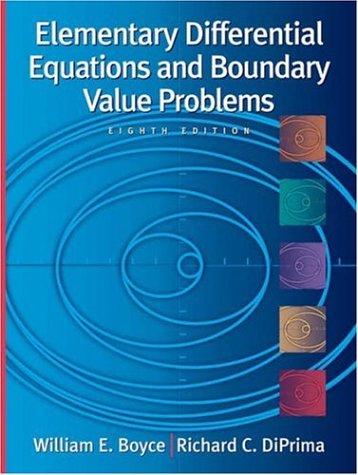Question
If someone tells us that a random variable is described by a Binomial or Poisson distribution, it becomes a very simple matter (presuming we know
If someone tells us that a random variable is described by a Binomial or Poisson distribution, it becomes a very simple matter (presuming we know the key parameters) to be able to then predict the likelihood that any particular combination of values will be seen in a dataset containing that variable. Sometimes, though, we don't know what kind of distribution our variable will fit, or we don't know enough to be able to identify the key parameters needed to make accurate predictions.
Part of the analysis we routinely do with datasets is to identify whether or not any of the variables included are Binomial or Poisson in nature. Discuss why it can be helpful to thisdo? Discuss how you would identify which variables in the dataset would benefit from such analysis. Does it provide a benefit to name the distribution that applies even if you can't precisely identify the needed parameters for that distribution?
Use specific examples in your post: Provide some examples of variables that might be in your data that would be considered Binomial or Poisson. These examples should demonstrate that you understand how to recognize that a variable fits one of these distributions.
Step by Step Solution
There are 3 Steps involved in it
Step: 1

Get Instant Access to Expert-Tailored Solutions
See step-by-step solutions with expert insights and AI powered tools for academic success
Step: 2

Step: 3

Ace Your Homework with AI
Get the answers you need in no time with our AI-driven, step-by-step assistance
Get Started


